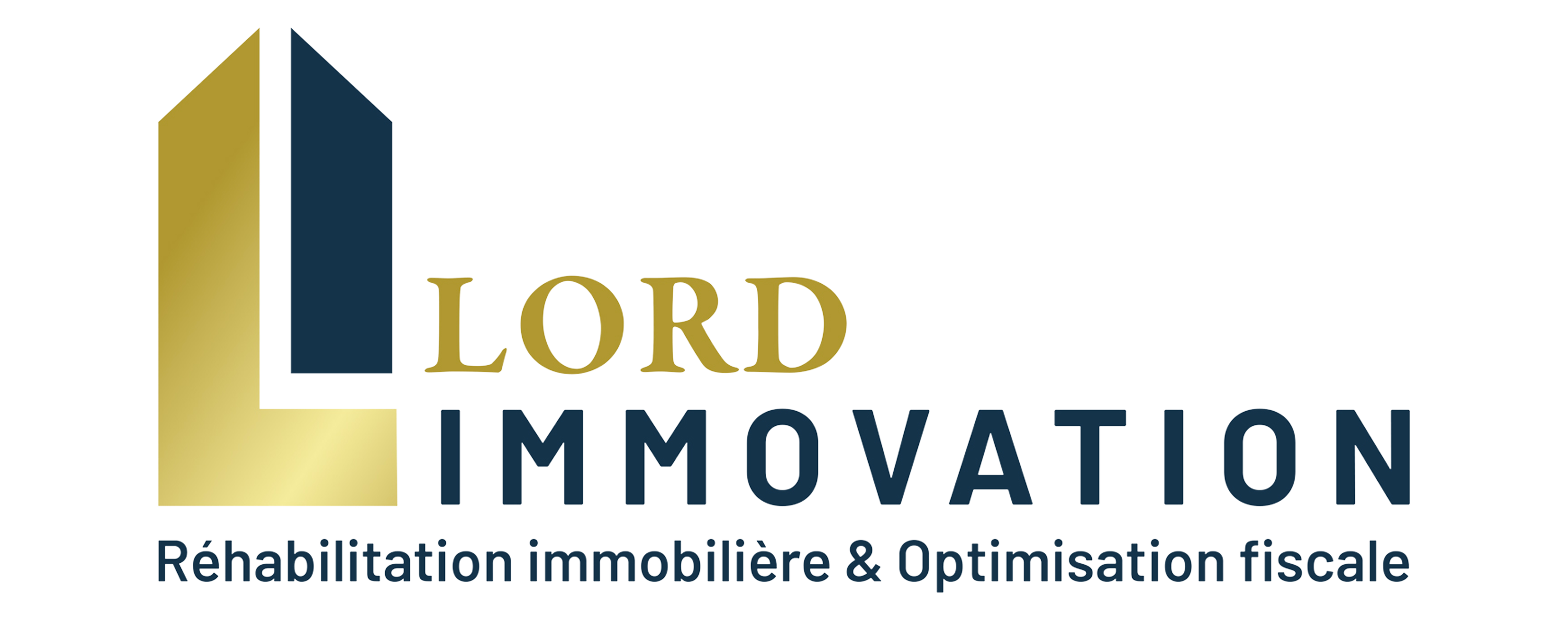The Three Pillars of Information Protection
Information protection is the process of reducing risk by implementing secure systems to eliminate or minimize vulnerabilities that could be exploited for unauthorized entry to sensitive business and personal information. It also includes a range of technological solutions such as firewalls, antivirus and encryption to prevent harm caused by information theft or loss. This field is often referred to as InfoSec and has grown into a specialized field that covers everything from network security and infrastructure to testing and auditing.
No matter the size or nature of the business, every business has sensitive data. This may include names and credit card information, account information, Social Security numbers, employee records and other confidential information. If it is misused this information could be used to commit fraud or identity theft and can cause irreparable damage to the reputation of a business.
A robust plan for protecting information is essential to shield your company from data breaches and ensure compliance with the law. It’s important to keep in mind that information security is built on three pillars: confidentiality availability and integrity.
Confidentiality means securing data from disclosure by unauthorized persons and keeping it only accessible to those authorized to access it. This can be achieved through simple solutions, such as using passwords https://teknotechno.net/ that are secure and frequently changed, encrypting data to ensure that it can only be read by those who have the key, or using messaging platforms that use encryption to protect messages. Another aspect of protecting information is the capability to ensure that information is always accessible and able to be restored in case of a disaster or system failure. Backups and archiving can help in this.
